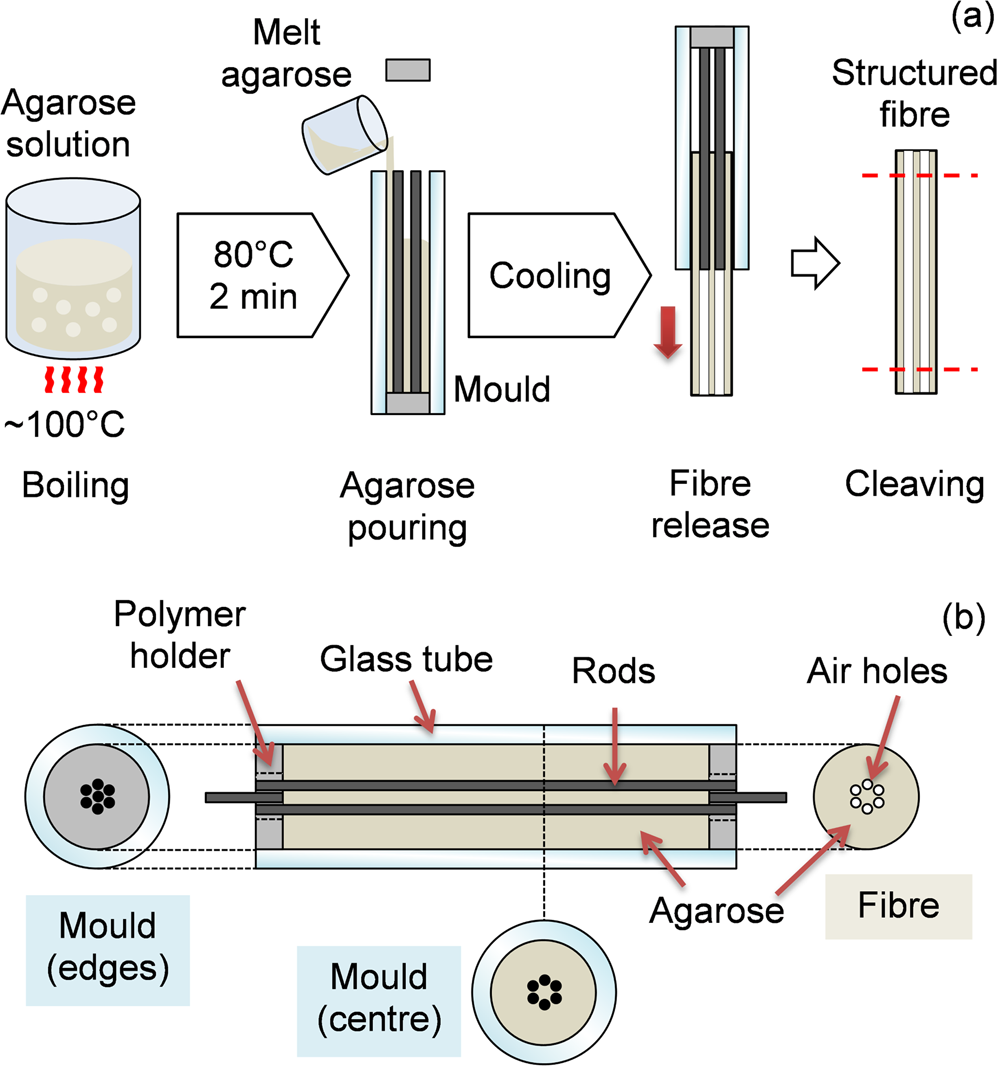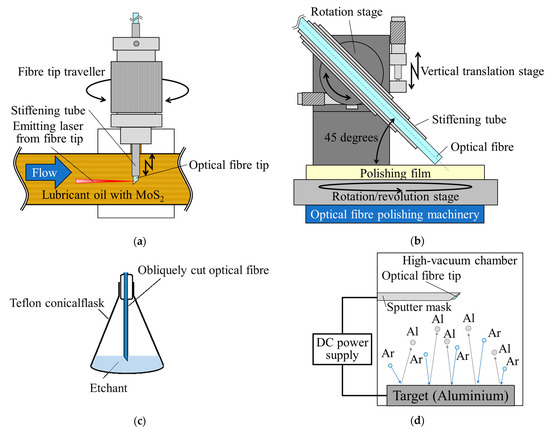Choosing the Right Optical Fibre Diameter Analyser for Your Fibre Optic Manufacturing Needs
Choosing the Right Optical Fibre Diameter Analyser for Your Fibre Optic Manufacturing Needs
Blog Article
Just How an Optical Fibre Diameter Analyser Improves High Quality Control in Fibre Manufacturing
The integration of an Optical Fibre Diameter Analyser right into Fibre production processes stands for a significant development in top quality control methodologies. By using real-time, specific measurements of Fibre sizes, this modern technology deals with the important demand for consistency in production standards.

Significance of Fibre Diameter Measurement
Precise measurement of Fibre Diameter is essential in the field of optical Fibre innovation, as it directly affects the efficiency and integrity of Fibre optic systems. The Diameter of an optical Fibre impacts its light-carrying capacity, attenuation, and general transmission efficiency. Precision in determining Fibre Diameter guarantees that the optical residential properties are kept within defined tolerances, which is important for optimal signal integrity.
Variants in Fibre Diameter can result in enhanced losses due to scattering and modal diffusion, influencing the high quality of data transmission. In high-speed communication systems, such discrepancies can result in significant destruction of signal high quality, causing data mistakes and minimized performance. Furthermore, consistent Fibre Diameter is necessary for compatibility with adapters and splicing technologies, which are indispensable parts of Fibre optic networks.
Quality control procedures in Fibre manufacturing heavily rely upon accurate Diameter dimensions to make sure compliance with sector standards. By implementing durable measurement methods, manufacturers can boost product reliability, reduce waste, and improve overall system efficiency. Thus, the relevance of Fibre Diameter measurement can not be overstated, as it functions as a foundation in the advancement of optical Fibre modern technology and its applications in contemporary interaction networks.
How the Analyser Functions
The effective dimension of Fibre Diameter relies upon innovative analytical methods that ensure precision and integrity in optical Fibre production (optical fibre diameter analyser). The Optical Fibre Diameter Analyser employs a combination of laser modern technology and advanced picture handling algorithms to precisely analyze the Diameter of fibers as they are created
At first, a laser beam is routed at the moving Fibre, producing a cross-sectional shadow. The analyser catches this shadow making use of high-resolution cameras positioned tactically along the manufacturing line. The captured photos are then processed in real-time to identify the Fibre's Diameter with exceptional precision.
The system uses innovative formulas that represent numerous factors, including variations in light intensity and environmental conditions, to boost measurement dependability. It can find minute adjustments in Diameter, such as fluctuations that may happen during the manufacturing process.
Moreover, the analyser is capable of handling numerous fibers simultaneously, increasing throughput without endangering precision. By supplying instant comments on the Diameter, the Optical Fibre Diameter Analyser plays a vital duty in keeping rigorous quality assurance requirements, guaranteeing that the end product satisfies industry specifications and consumer demands.
Advantages of Real-Time Monitoring
While standard methods of monitoring Fibre Diameter often entail lengthy post-production checks, real-time monitoring dramatically improves the performance and top quality of optical Fibre production. optical fibre diameter analyser. This positive approach enables producers to recognize variances in Fibre Diameter as they take place, instead than waiting until manufacturing is complete to analyze quality
By continually determining the Diameter during manufacturing, suppliers can guarantee that the fibers satisfy rigorous specs, bring about decreased irregularity and improved uniformity. Real-time monitoring likewise makes it possible for immediate corrective actions to be taken, lessening waste and preventing faulty fibers from entering the supply chain.
Moreover, this modern technology helps with improved information collection and analysis, offering insights right into manufacturing fads and potential locations for improvement. Such data-driven decision-making equips suppliers to enhance processes and keep high standards of high quality control.
Additionally, real-time surveillance fosters a culture of continuous enhancement within the manufacturing setting. Staff members are much more involved when they can see the effect of their operate in real-time, bring about heightened accountability and a commitment to excellence. In general, the application of real-time tracking systems in optical Fibre production converts to premium item top quality and increased customer complete satisfaction.
Effect On Production Efficiency
Executing optical Fibre Diameter analysers significantly enhances production performance by simplifying the production procedure. These gadgets assist in constant tracking of Fibre Diameter, enabling makers to find inconsistencies in real-time. By recognizing variances immediately, assembly line can be adjusted quickly, decreasing downtime and lowering the probability of creating malfunctioning items.
Additionally, the integration of these analysers right into the manufacturing process enables far better resource allocation. With exact Diameter measurements, drivers can maximize material use, making certain that sources are not thrown away on problematic fibres. This accuracy likewise Get More Information adds to much less ditch and remodel, eventually lowering manufacturing costs.
The automation given by optical Fibre Diameter analysers decreases dependence on hands-on inspections, which are susceptible and often lengthy to human mistake. Therefore, staff members can concentrate on even more tactical jobs, enhancing total performance.
In addition, the data created from these analysers can inform process renovations and help with far better decision-making. By analyzing patterns in Fibre Diameter variations, producers can carry out proactive procedures to boost production methods and keep consistent high quality. In recap, optical Fibre navigate to this website Diameter analysers play a crucial function in boosting production effectiveness, bring about better outcome and raised profitability.
Study and Success Stories
Throughout different fields, case studies highlight the transformative effect of optical Fibre Diameter analysers on manufacturing procedures. One noticeable example is a leading telecommunications company that dealt with difficulties with irregular Fibre sizes, bring about increased rejection rates. By integrating an optical Fibre Diameter analyser, the company achieved real-time monitoring of Fibre dimensions, resulting in a 30% reduction in defects and significant cost savings.

Furthermore, a study organization concentrating on sophisticated materials made use of optical Fibre Diameter analysers to refine their speculative processes. The analyser's capacity to offer thorough insights right into Fibre uniformity enabled the growth of innovative products with improved efficiency characteristics.
These success tales underscore the necessary role of optical Fibre Diameter analysers in enhancing quality control, enhancing production effectiveness, and driving technology across varied sectors.
Final Thought
In verdict, the Optical Fibre Diameter Analyser plays a crucial duty in enhancing top quality control within Fibre manufacturing. As demonstrated through various situation researches, the analyser confirms important for accomplishing remarkable item high quality in Fibre manufacturing.

The implementation of optical Fibre Diameter analysers allowed for rigorous high quality control, ensuring that the generated fibres fulfilled exacting industry criteria.In conclusion, the Optical Fibre Diameter Analyser plays an essential role in improving quality control within Fibre manufacturing.
Report this page